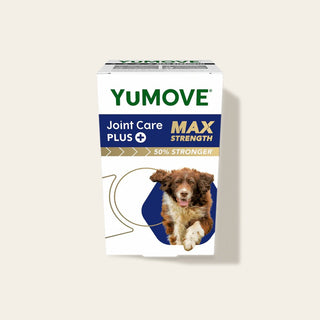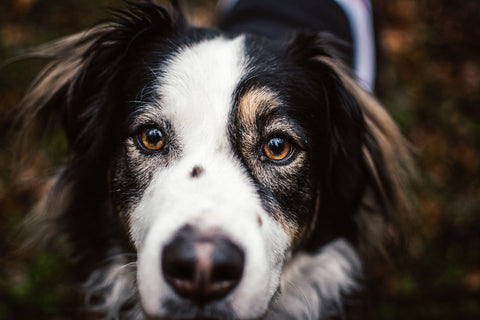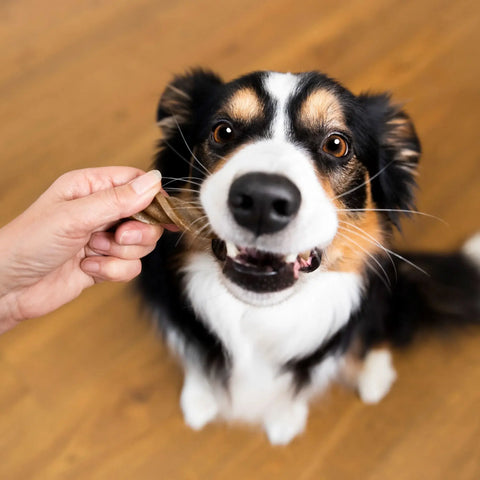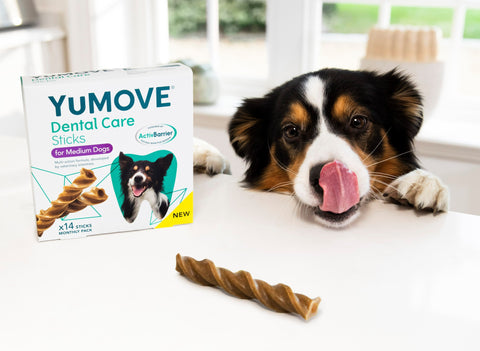
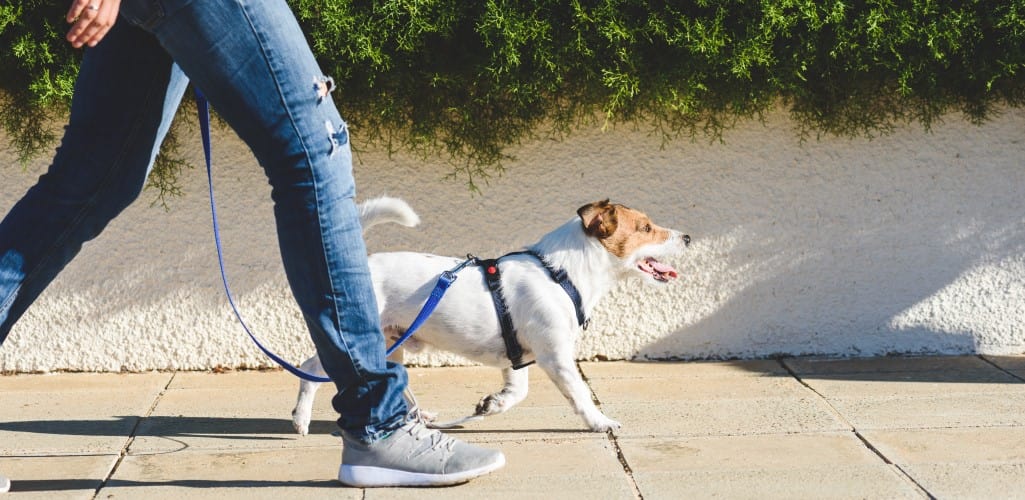
Hot paws on the pavement
When you take your dog for a walk on a sunny day, it’s tempting to just enjoy the feel of the sun on your skin and get lost looking at those blue cloudless skies that seem to stretch out forever.
But have you ever thought about how a hot pavement might feel for your pooch? We often think that dog’s paws are tough enough to cope with anything and that they won’t feel the heat.
Unfortunately, that’s just not true. The pads on your dog’s paws do provide some protection from the heat, but it’s still possible for your dog to burn their paws from walking on a hot surface.
Close up on your dog’s paws

Your dog’s paws are a very clever part of their anatomy, helping them to walk, run and jump on all kinds of surfaces. Their paw pads are made of extremely thick skin, together with fatty tissues and elastic fibres that act as shock absorbers for your pooch.
The padding in your dog’s paws means that they are resistant to extremes of heat, to some extent. But it’s surprisingly easy for pavements to reach searing temperatures that can damage – and even burn – your pooch’s paws.
How hot is too hot?
Even if the outside temperature is a relatively balmy 25°C, pavements and roads can already be a blistering 52°C. By the time the mercury has reached 30°C, an asphalt road could be as hot as 60°C.
That lush-looking artificial grass could also spell danger for your dog. Artificial grass becomes significantly hotter than natural grass, so it may be much less comfortable for your pooch to walk on.
In very hot temperatures, your dog also risks getting heatstroke, so it’s best to avoid going for a walk when it’s scorching outside.
Has your dog got burnt paws?
If the worst happens and your pooch burns their paws, here are the signs to look out for, according to the RSPCA:
- Limping or refusing to walk
- Licking or chewing their feet
- Pads that are darker in colour
- Missing part of the pad
- Blisters or redness
If your dog has burnt paws, there’s a risk that they might get infected. The PDSA says that in the case of a burn, you should always call your vet straight away. You can use cool (never cold or iced) water to wash the wound, but don’t apply any creams or ointments.
Let your vet have a look at your dog’s paws and they’ll be able to decide on the best course of treatment.
How to protect your dog’s paws
Burnt paws can be both painful and distressing for your dog, so it’s far better to avoid this happening in the first place.
The seven second test
Here’s an easy way to discover whether a particular surface is too hot for your dog. Put the back of your hand against the road or pavement and see if you can hold it there for seven seconds. If you can’t, it’s too hot for your dog.
Keeping cool when it’s hot

In addition to doing the seven second test, keep your dog’s paws safe when it’s hot by:
- Going for walks in the early morning or late afternoon, when it’s coolest.
- Avoiding hot surfaces and choosing natural grass and shady areas instead.
- Getting some dog boots for your furry best friend. You might associate dog boots with protection against snow and icy weather, but they’re great when it’s hot too.
For some helpful advice on looking after your dog in the heat, check out our top ten tips for keeping your dog cool.
How do you protect your dog’s paws?
Has your dog ever suffered from burnt paws? What did you do? And do you have any suggestions on how to help your pooch stay cool when it’s hot? Do share your thoughts with us on Facebook and Instagram.
